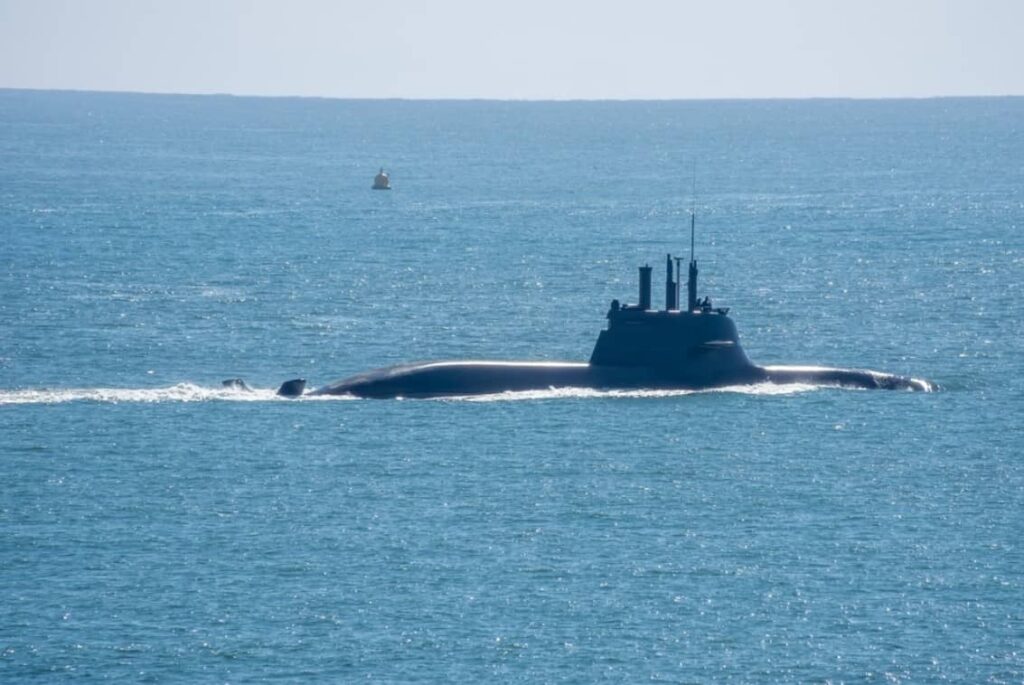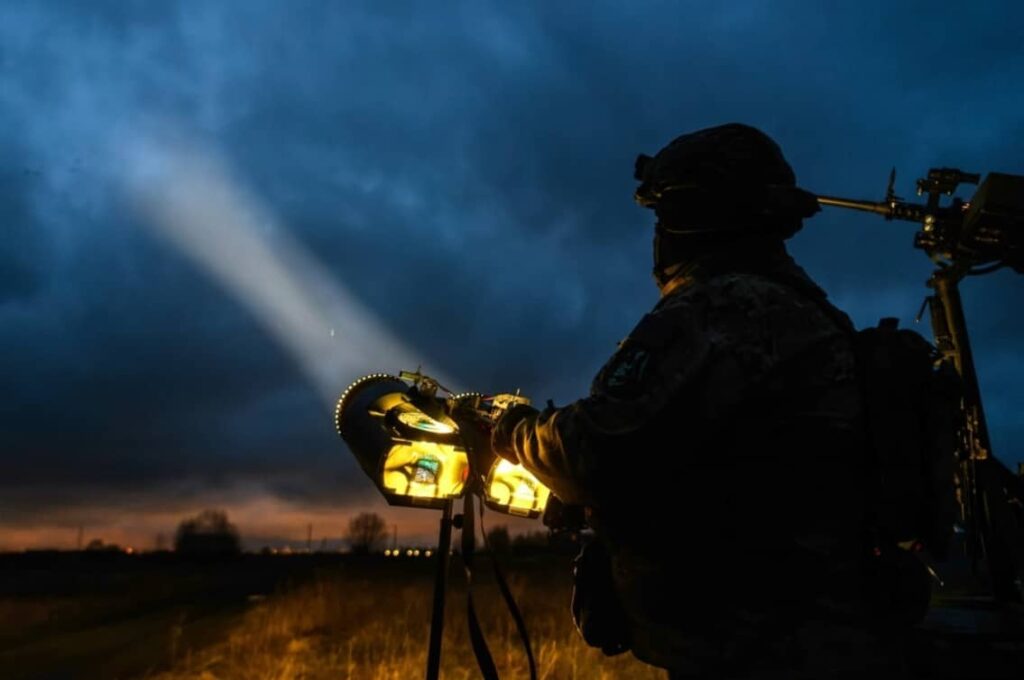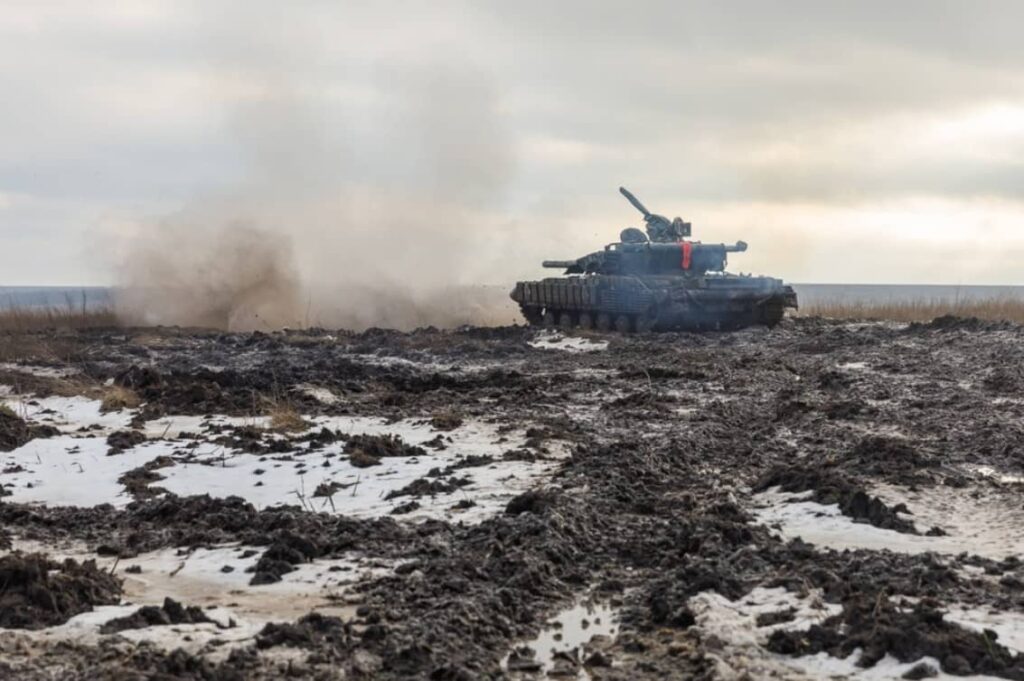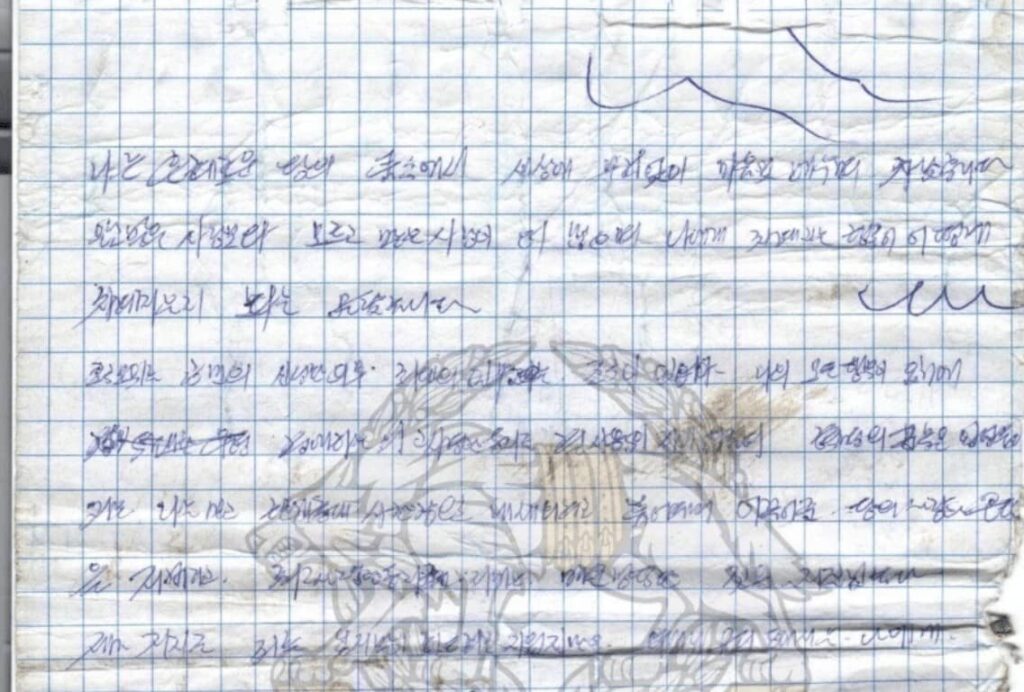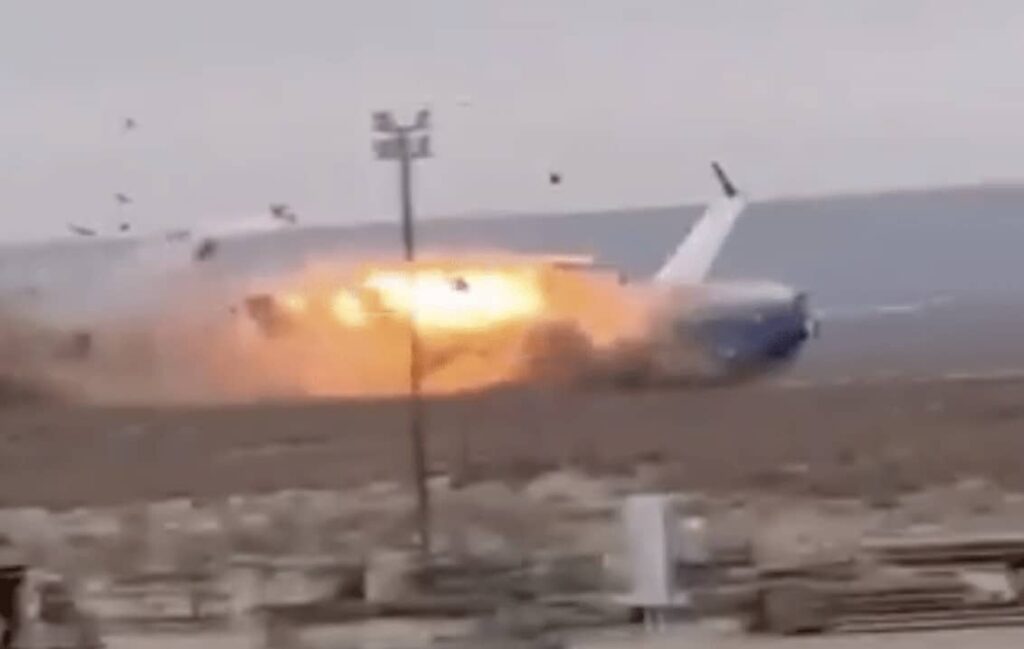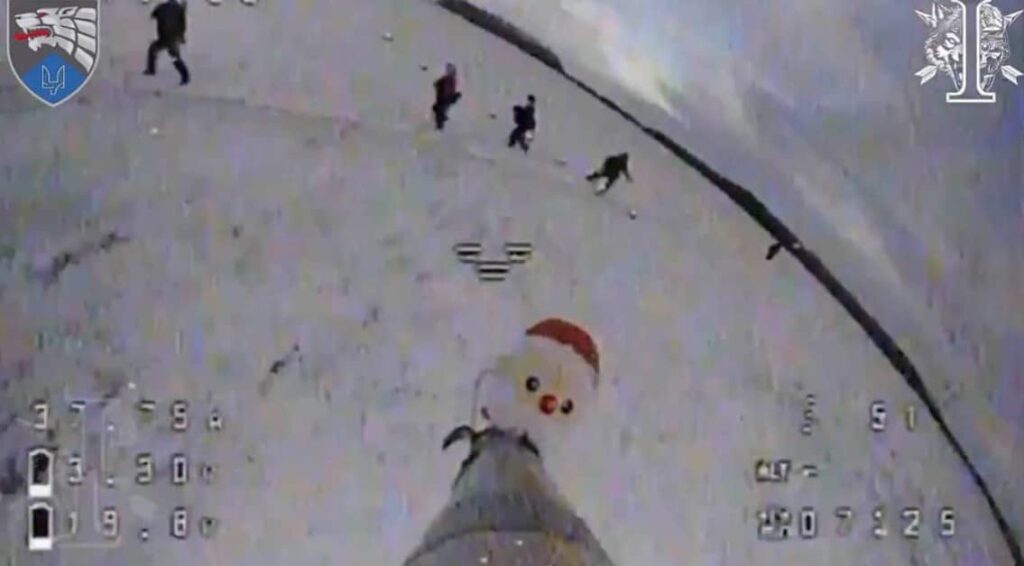Russia Developing Thermobaric Drones Capable of Causing Widespread Damage, Report Says
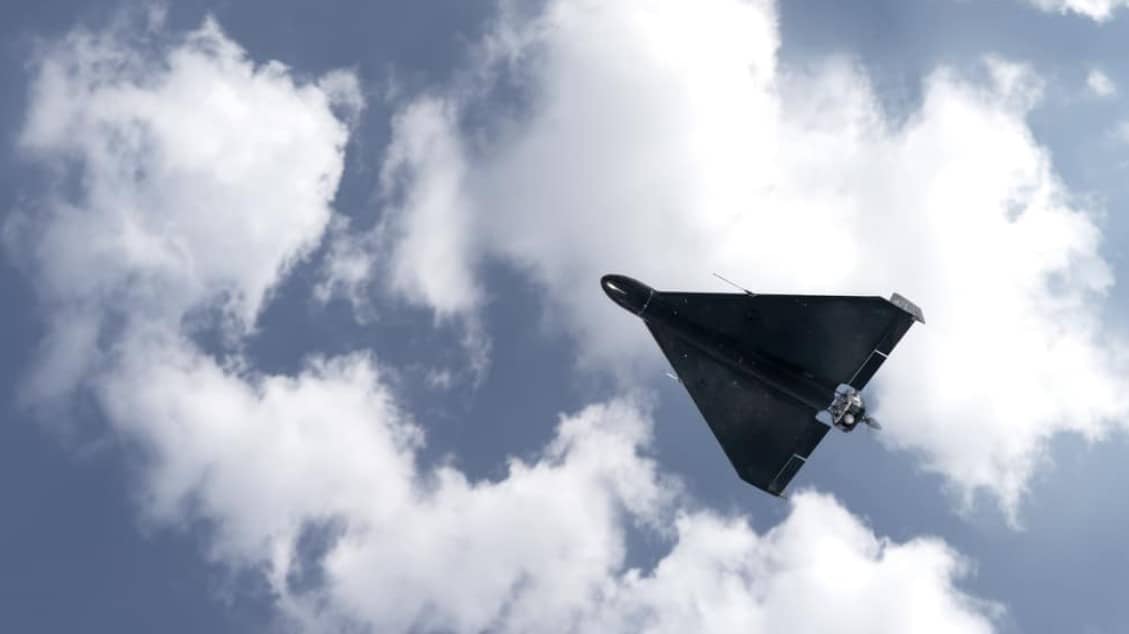
Russia is producing and deploying thermobaric warhead-equipped drones in its conflict with Ukraine. These weapons are designed to cause devastating damage to civilian and military infrastructure, according to an Associated Press report.
The report reveals that a production facility in Alabuga, Tatarstan, has been equipping Iranian-Russian Shahed drones with these devastating payloads since at least the summer.
The Alabuga complex, originally established in 2006 to attract investment, has transitioned to military production following Russia’s 2022 invasion of Ukraine. Since mid-2023, the facility has produced drones armed with thermobaric payloads, alongside decoy drones designed to confuse Ukrainian air defenses.
A video has been posted online that allegedly shows the explosion of a powerful bomb in Vovchansk, Kharkiv region.
— WarTranslated (Dmitri) (@wartranslated) October 2, 2024
Some Russian military experts write that this is the first use of the ODAB-9000 vacuum bomb, which is called the “Kuzkin's father” and “father of all bombs” and is… pic.twitter.com/pvttxviKlp
A person familiar with the operations at Alabuga reported that approximately 10 armed Shahed drones and 40 decoys are produced daily. Decoy drones, which can be equipped with cameras, are primarily used to deplete Ukrainian air defense resources.
Thermobaric warheads, also known as vacuum bombs, create a high-pressure blast that sucks oxygen from the surrounding environment, generating extreme temperatures and overpressure capable of penetrating thick structures. These warheads are additionally loaded with steel ball bearings to inflict maximum damage beyond the initial blast radius.
The effects on human targets include collapsed lungs, brain trauma, and ruptured organs, making them particularly lethal even to those outside the immediate impact zone. Despite their destructive capacity, thermobaric munitions remain legal under international law, complicating efforts to restrict their use.
Russia’s strategy, codenamed “Operation False Target,” involves overwhelming Ukrainian defenses by deploying large swarms of unarmed decoy drones alongside armed drones. The decoys, often filled with non-lethal materials like foam, are indistinguishable from armed drones on radar, forcing Ukraine to expend scarce air defense munitions. The tactic is intended to protect critical infrastructure while diverting attention away from the thermobaric drones, which target fortified positions such as underground energy facilities.
Ukrainian electronics experts, such as Serhii Beskrestnov, have noted a shift in drone attacks since their introduction. Videos from the Kyiv Post on social media platforms, including a thermobaric drone attack in Odesa, have showcased the destruction caused by these weapons, underscoring the severity of their impact on urban areas.
The people of Odesa waking today to devastation after Russians sent drones equipped with thermobaric warheads onto apartment buildings all over the city.
— KyivPost (@KyivPost) November 9, 2024
Russia no longer seems to have interest in military targets, pure attempts to terrorize the civilian population. pic.twitter.com/E7HJX2QaGi
Russia’s drone production has been bolstered by ongoing support from Iran and China, which supply critical components. A €1.6 billion agreement between Russia and Iran in 2022 laid the groundwork for Shahed drone production in Alabuga. Recent reports also suggest that Russia has established a covert drone production program in China.

